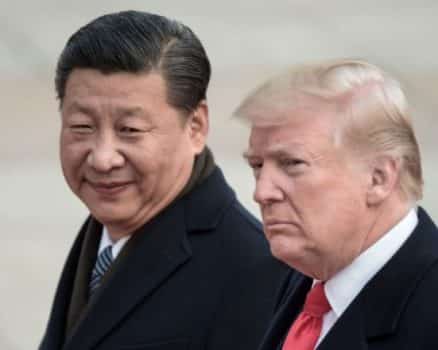Most of the modern Forex brokers offer different order types. They are there to allow you to set various conditions and limits to trades. It helps you protect yourself if the worst happens and the Forex market goes against you. New investors and traders should take time to find out how every order type works. Ultimately, this will help you find the most suitable trading style for you and the overall trading strategy.
What Are Orders in the Forex Market?
An order is an offer sent using the trading platform of a broker. It lets you open/ close transactions if the conditions that you specified are satisfied. The order generally refers to how you enter/exit a trade. Orders in the Forex market are essential tools for all types of traders. They should be taken into consideration when executing a trade. They help limit downside risk and protect profits. Orders also help investors in handling their open positions passively.
Types of Orders
There are different types of orders in the Forex market. Traders use the order types to manage trades. While order types may differ between various forex trading brokers, there are a few basic Forex order types that all brokers accept. Knowing them and having a solid understanding can assist the traders to enter/ exit trades appropriately. Below are the common order types you should keep in mind:
*Market order: A market order is the simplest and the most common type of order in the Forex market. This order is instantly executed using the best market/ spot price at the moment, instantly turning into an open position. They are hence vulnerable to fluctuation in the large market. Such orders are best used for quick wins when the market situations seem perfect. But, if the worth of the security turns down, you lose money until the Forex market bounces back. All losses are unidentified in real-time unless the order is closed finally.
Scalpers and day traders use a market order because of its quick-fire, convenient nature, and lack of added considerations required.
*Limit order (sell limit and buy limit): A limit order is an order that lets you register your intentions to either sell or buy an instrument only when some specified conditions in the agreement are satisfied. Until that time, the order remains pending. Your margin balance or account totals will not get affected until the order is executed. Investors and traders use a limit order generally to make a purchase that comes into effect after the price goes over the desired threshold. However, if you are looking to sell, a limit order lets you hang on to your securities until the market gains an upward momentum.
*Stop order: Stop orders are exit orders that close your trades. They are also known as stop-loss orders and protective stop orders. The stop order is there to limit the number of losses incurred by a trade. It can close a trade at a chosen level of loss. It can lock gains as the trades move towards profits. A stop-loss can be pretty painful if it is hit, but it can also keep you for a longer time in the trading world if it is not used.
*Trailing stop: A trailing stop order is counted upon to limit losses and prevent margin closures. This order is similar to a stop-loss order. It is because a trailing stop can close a position in the Forex market goes unfavorably. However, with trailing stops, the lower-end trigger limit is not fixed, and it moves along with the market. So, if an instrument’s value increases, the low stop limit moves upwards automatically, trailing behind at a specified interval. But, if the selected security depreciates, then the original stopping limit stays unchanged unless it’s reached. It lets your position accumulate value while minimizing the vulnerability of your account to relative losses.
*Contingent order: A contingent order is an order that gets triggered when certain conditions are satisfied. This order combines many types of orders. It can execute trades against particular trading strategies. It needs at least one of the order types to be triggered before another order gets activated.
*Pending order: A pending order refers to the instructions you provide a broker while entering/ exiting a position. With a more complicated platform, traders can have many actions within the same order. In simple words, with a pending order, you can tell the market when you want to enter or exit a position at specified prices. In case the market doesn’t touch that price, nothing happens.
Conclusion
Knowing the different types of orders and how they are used is a vital skill that you need to trade successfully in the Forex market. Take your time to study all the order types and try them using a practice account first.

